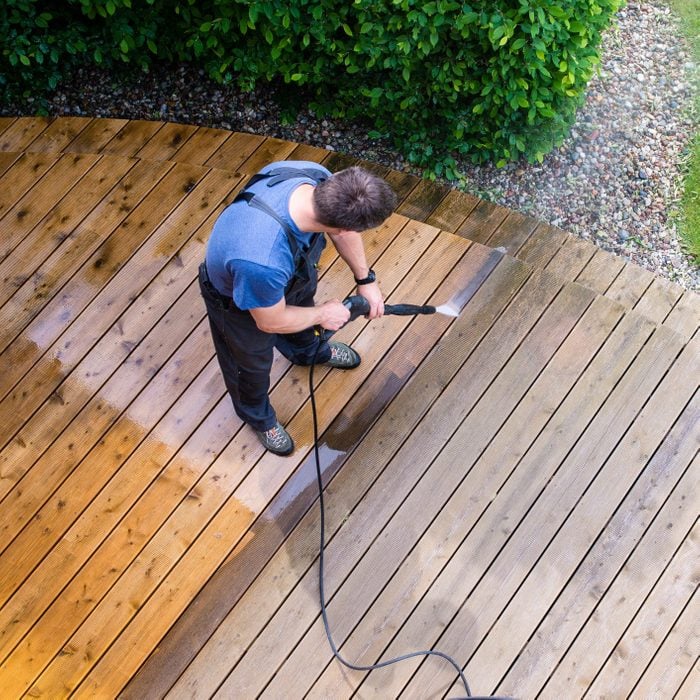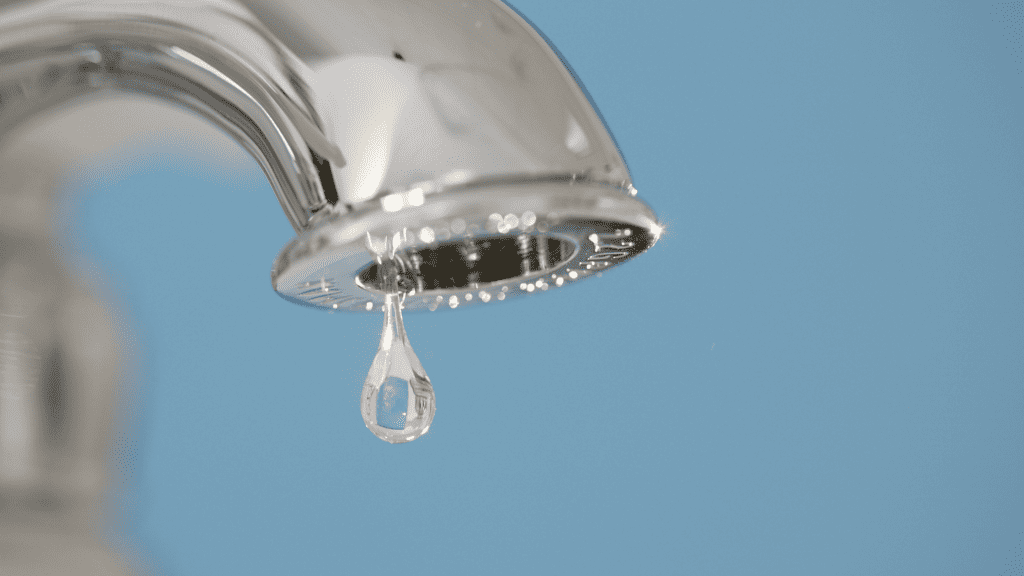We've found this post pertaining to Low Water Pressure in the House? listed below on the net and concluded it made sense to write about it with you on this site.

Low water stress in your home can be a frustrating problem, affecting whatever from bathing to cleaning dishes. If you're experiencing weak water circulation, there are several feasible reasons and remedies to explore. In this overview, we'll go over typical factors for low water stress and sensible steps to address the concern properly.
Introduction to Low Water Pressure
Low water pressure takes place when the flow of water from your faucets, showers, and other fixtures is weaker than common. This can make everyday jobs extra difficult and much less efficient. Understanding the causes of low tide stress is vital to discovering the best remedy.
Usual Causes of Low Water Pressure
Faulty Stress Regulatory Authorities
Pressure regulators are accountable for keeping consistent water stress in your home. If they malfunction, it can result in low water pressure or unequal circulation throughout the house.
Municipal Water System Issues
In some cases, the issue exists outside your home. Municipal water system concerns, such as main line leakages or maintenance work, can temporarily lower water pressure in your location.
Pipe Obstructions
With time, pipes can come to be blocked with mineral deposits, sediment, or particles, restricting the flow of water. This is a common concern in older homes with galvanized steel pipes.
Rust
Deterioration within pipes can cause leakages and lowered water pressure. Rust build-up can tighten water circulation, especially in maturing plumbing systems.
Exactly How to Diagnose Low Water Stress
Inspecting Pipelines
Evaluate noticeable pipelines for indicators of leaks, rust, or clogs. Take notice of any type of uncommon audios, such as banging or rattling pipes, which could suggest issues within the plumbing system.
Consulting with a Plumber
If you're not able to identify the root cause of low tide pressure, consider hiring a specialist plumber to conduct a complete evaluation. They can determine underlying problems and suggest suitable options.
Checking Faucets and Components
Start by evaluating the water stress at different faucets and fixtures throughout your home. If the issue is isolated to certain areas, it may show local troubles.
Do It Yourself Solutions to Take Care Of Low Water Stress
Flushing Hot Water Heater
Debris buildup in the water heater can limit flow and reduce performance. Purging the tank regularly assists get rid of sediment and preserve ideal performance.
Checking Stress Regulator
Make sure that the pressure regulatory authority is functioning appropriately. Changing or replacing the regulatory authority can aid bring back appropriate water stress throughout your home.
Cleansing Aerators and Showerheads
Mineral deposits can build up in aerators and showerheads, reducing water flow. Eliminate and clean these components consistently to improve water stress.
Clearing Up Clogs in Pipes
For small clogs, try utilizing a plumbing serpent or chemical drainpipe cleaner to clear blockages in pipelines. Beware when making use of chemicals and adhere to safety guidelines.
When to Call a Professional Plumber
If do it yourself efforts stop working to resolve the problem or if you believe considerable plumbing troubles, it's ideal to seek aid from a certified plumber. They have the know-how and devices to attend to intricate problems securely and properly.
Preventive Measures to Keep Water Pressure
Setting Up a Pressure Booster
Think about installing a pressure booster pump to improve water stress in areas with continually low circulation. This can be particularly beneficial for multi-story homes or homes with high-demand components.
Monitoring Water Use
Bear in mind water usage routines and stay clear of ill-using the plumbing system. Basic modifications, such as staggering showers and washing loads, can aid maintain ample water stress.
Routine Maintenance
Set up routine maintenance for your plumbing system to stop concerns such as corrosion, leaks, and obstructions. Dealing with small problems early can help prevent more considerable repairs later.
Verdict
Handling low tide pressure can be irritating, but identifying the underlying causes and implementing appropriate services can restore ideal circulation throughout your home. Whether it's cleaning aerators, examining pipes, or seeking advice from a plumber, taking positive actions can make sure a stable supply of water for your day-to-day needs.
FOUR WAYS TO FIX LOW WATER PRESSURE NOW
Turning on a shower or faucet only to find the water comes out in a sad, slow drizzle is never a good feeling. How exactly are you supposed to wash a pan or take a quick shower when it takes 10 minutes just to rinse off a little soap? The good news is that when your water pressure is bad, there's always a cause: typically one that can be easily fixed. Here are some of the most common causes of low pressure and what you can do to fix the issue:
DEBRIS AND MINERAL DEPOSIT BUILDUPS
If you notice low water pressure from just one or two of the fixtures in your house, the problem likely has to do with debris buildup. Water is full of minerals and other debris, all of which can accumulate in your pipes and on your fixtures. This can cause a blockage that affects how much water flows through. To fix this, try filling a small plastic bag with white vinegar, and use a rubber band to hang it around your showerhead or faucet. Let the head of the fixture soak for a few hours, and the vinegar should loosen the deposits.
WATER LEAKS
Leaks are another common cause of low water pressure. If water is flowing out of your plumbing through a hole or crack before it can reach your fixture, the pressure coming out of the faucet or showerhead will be lower. A plumbing professional is your best bet for finding and repairing a leak in your water supply pipes.
Leaks are another common cause of low water pressure. If water is flowing out of your plumbing through a hole or crack before it can reach your fixture, the pressure coming out of the faucet or showerhead will be lower. A plumbing professional is your best bet for finding and repairing a leak in your water supply pipes.
A VALVE ISSUE
If you have low water pressure throughout your home, check your main shut-off valve to make sure it's completely open. You may also want to see if there's a pressure-reducing valve installed. If there is, have a plumber help you adjust the settings to get the pressure you're looking for.
OTHERS USING WATER
Believe it or not, your low water pressure could be caused by your neighbors. If you notice low pressure at certain times of day, it may be because you and the people living next to you have similar schedules - when everyone is showering at the same time, the pressure will be lower in every home. Low pressure throughout the neighborhood may also be caused by an issue with your municipal water supply. If that's the case, call the supplier to see if they're working on the issue.
https://www.rotorooter.com/blog/water-leaking/low-water-pressure-fixes/

I stumbled upon that entry about 10 Reasons for Low Water Pressure in Your House while looking around the search engines. I beg you take the opportunity to promote this page if you appreciated it. Many thanks for being here. Don't forget to check up our site back soon.
Recurring Service Plans